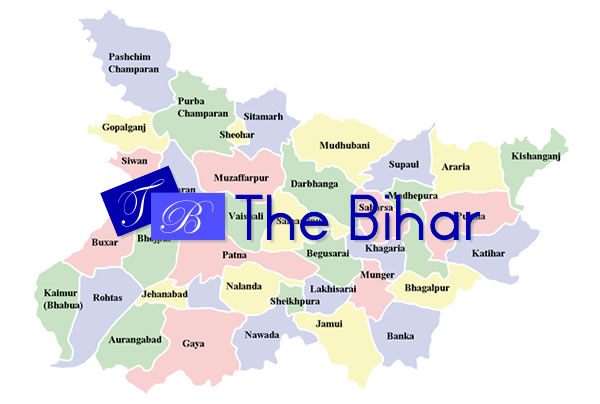For the EBC who voted for Nitish, Lalu Yadav frustrates while Narendra Modi attracts
3 min readRakash Mandal, 45, earns Rs 300 a day as a plumber in Nathnagar, Bhagalpur. On September 1, the day Prime Minister Narendra Modi was to address a rally in his town, Mandal skipped work. As he was not sure if he could get a vehicle to the rally, he bicycled until the point from where people were allowed only to walk to the venue.
Mandal said his village near Nathnagar, which in turn is near the historic Karngarh, has an EBC population over 8,000. He used to be a great admirer of Nitish Kumar until the last Lok Sabha elections. It was when Nitish joined his arch-rival Lalu Prasad that Mandal got disenchanted.
“Hundreds of people came from my village and we see a kind of connect with PM Modi. We like his questions even though some of his questions may not be pertinent,” said Mandal, who does not mind forgoing the Rs 300 he would have earned that day.
EBCs, who constitute about 30 per cent of Bihar’s voters, are a floating bank that plays a decisive role in most elections in a state where support is divided so sharply along caste lines. It is a measure of the importance parties give them that Bihar Chief Minister Nitish Kumar recommended two prominent EBC groups, Sahni and Nonia, for the SC/ST category in the last cabinet meeting before the poll dates were announced. BJP Legislature Party leader and former deputy CM Sushil Kumar Modi reacted saying the state government can only recommend but only the Centre can take the decision.
The turnout at Narendra Modi’s rallies in Muzaffarpur, Gaya, Saharsa and Bhagalpur included a good mix of Dalits, upper castes and EBCs. The BJP’s alliance partners, Ram Vilas Paswan and Jitan Ram Manjhi, have boosted the party’s confidence.
“When Manjhi rises to speak, there is a buzz in the crowd,” Rajeshwar Ram said at the Saharsa rally. Ram debated with people of other caste groups, saying Manjhi is not just a “leader of Gaya” but would eat into Nitish’s Mahadalit vote-bank too.
Said Rambadan Singh, an upper caste Rajput who had travelled from Patarghat to listen to Modi in Saharsa, “Though attempts are being made to make it a backwards versus forwards fight, our area is Yadav-dominated.” He said the divide was between Yadavs on the one side and upper castes as well as EBCs and Dalits on the other. Singh said while caste would play a role in the election, the PM’s speech about development and his connect with youths could work against the combination of Lalu and Nitish.
While there have been obvious indications of Muslim, Yadav and Kurmi (MYK) votes consolidating behind the Congress-Lalu-Nitish combine, EBCs and Dalits remain a grey area for the grand alliance.
“Maybe the grand alliance has not yet started to counterattack Modi,” said a JD(U) leader, who added a crowd often does not translate into votes and the grand alliance would benefit from bickering within the NDA, especially over seat-sharing.
RJD national spokesperson Manoj Jha told The Indian Express: “Surveys give us a clear edge. The NDA’s D-U-E (Dalit-upper caste-EBC) formula is wishful thinking and may end up as dew and evaporate. Rather, a new political discourse has begun. When Lalu talks of Mandal Raj 2, he means a lot of deprived sections, not any social divide.”
Courtesy: Indian Express


